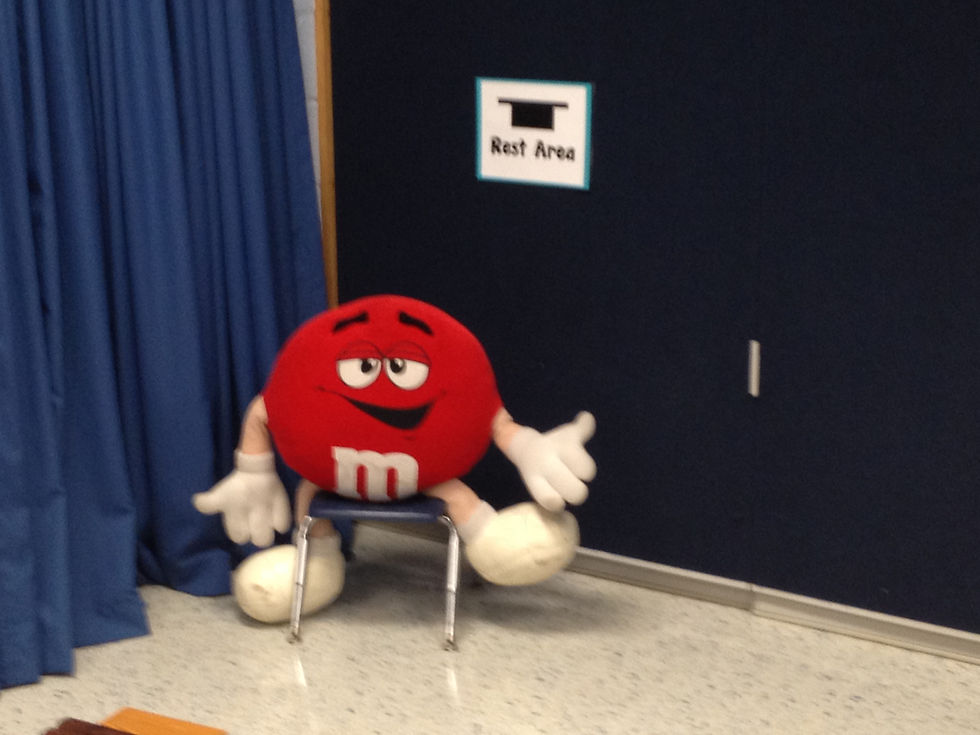“Don’t Skip the Small Stuff: Transitions, Tantrums, and Teacher Sanity”
- Cheryl Baker
- Jul 29
- 2 min read
Updated: Sep 28
t’s easy to focus all your energy on planning exciting lessons and engaging activities—but what happens between those activities can be just as important. Smooth transitions and solid routines are what keep your music room running like a well-oiled machine. And let’s be honest—sometimes what throws us off isn’t the music-making at all. It’s the unexpected: a meltdown, a bloody nose, or a confused class wondering where to go next.
That’s why planning for both the expected transitions and the unexpected “what ifs” is essential. These small moments can either support or sabotage your entire day. Let’s look at a few ways to prepare ahead so you—and your students—can stay calm, focused, and ready to make music.
Here are steps 7 and 8. We're almost done!
Step 7: Plan your transitions.
Choosing how students move from one activity to another is a crucial part of your lesson plan. Where are they supposed to go to get to the next activity? To their assigned spots? To a circle? Line up to go back to class? How do you want them to get there? Quietly, respectfully? Whatever way you can, just get there! NO! That would be chaos.
Transitions also happen as they enter and exit the room. Do they line up outside the door and then come in when you invite them in? Do they just walk in and go to their spot? Can they talk? Should they sing? What will they sing? Should they clap a rhythm? Then, when class is over, where do they line up? Do they have a line order from their classroom teacher? Do they have a line leader or a caboose? How about a door holder, do they have one of those? These are all good questions and procedures that you will need to establish to make sure your students know where to go and how to do it.
Step 8: Begin your plan for “what if this happens”.
What will you do if someone leaves the room upset? What will you do if someone starts to cry? What happens if someone throws up, or has a bloody nose? What happens if someone breaks something?
Having a plan for the unexpected is hard to figure out on the spot. You need a plan. What will YOU do, the teacher, to solve these problems. There’s that old saying that goes, “If you fail to plan, you plan to fail.” Come up with a what if list and think about how you will resolve issues that come up. This can be a list that you could contribute to for the rest of your career.




Comments